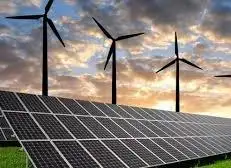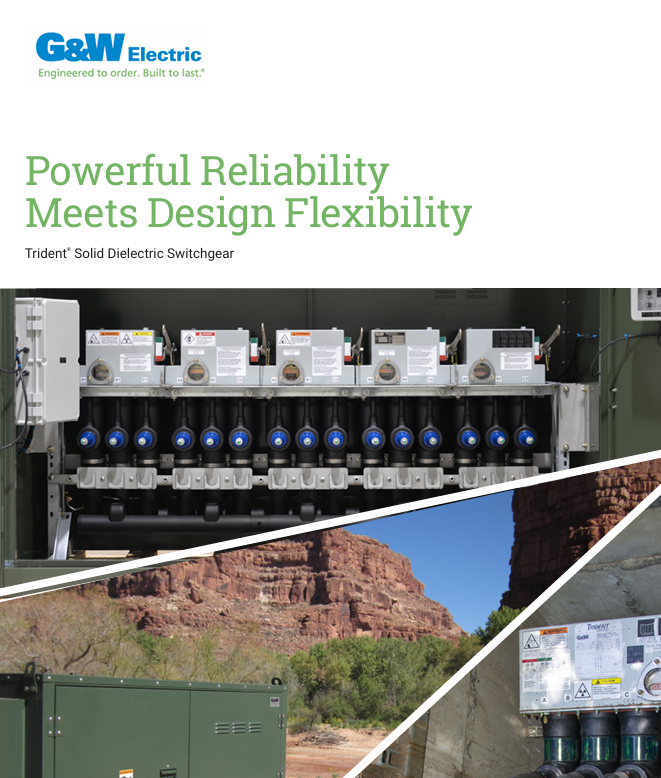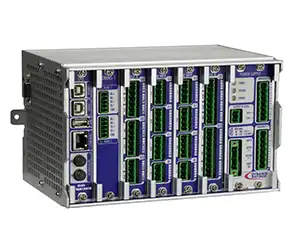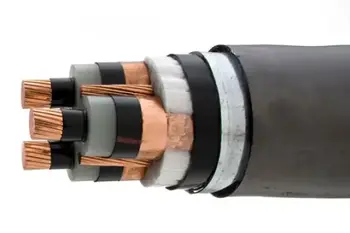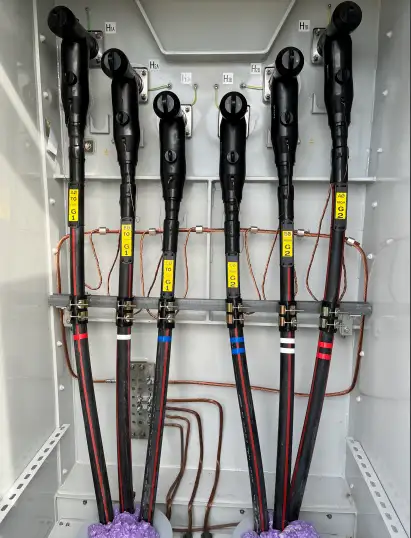What Do Transformers Do
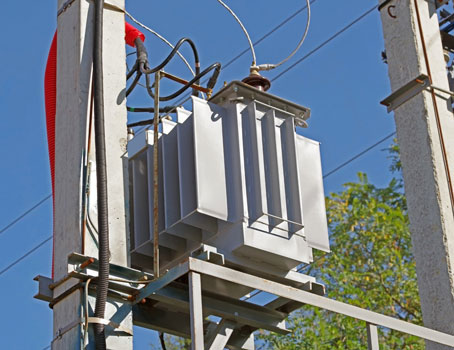
Substation Maintenance Training
Our customized live online or in‑person group training can be delivered to your staff at your location.
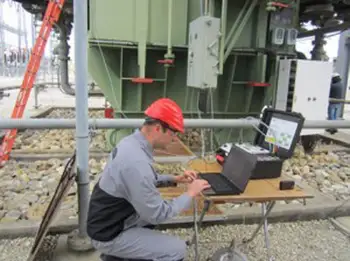
- Live Online
- 12 hours Instructor-led
- Group Training Available
Download Our OSHA 3873 Fact Sheet – Minimum Approach Distance and Training Requirements
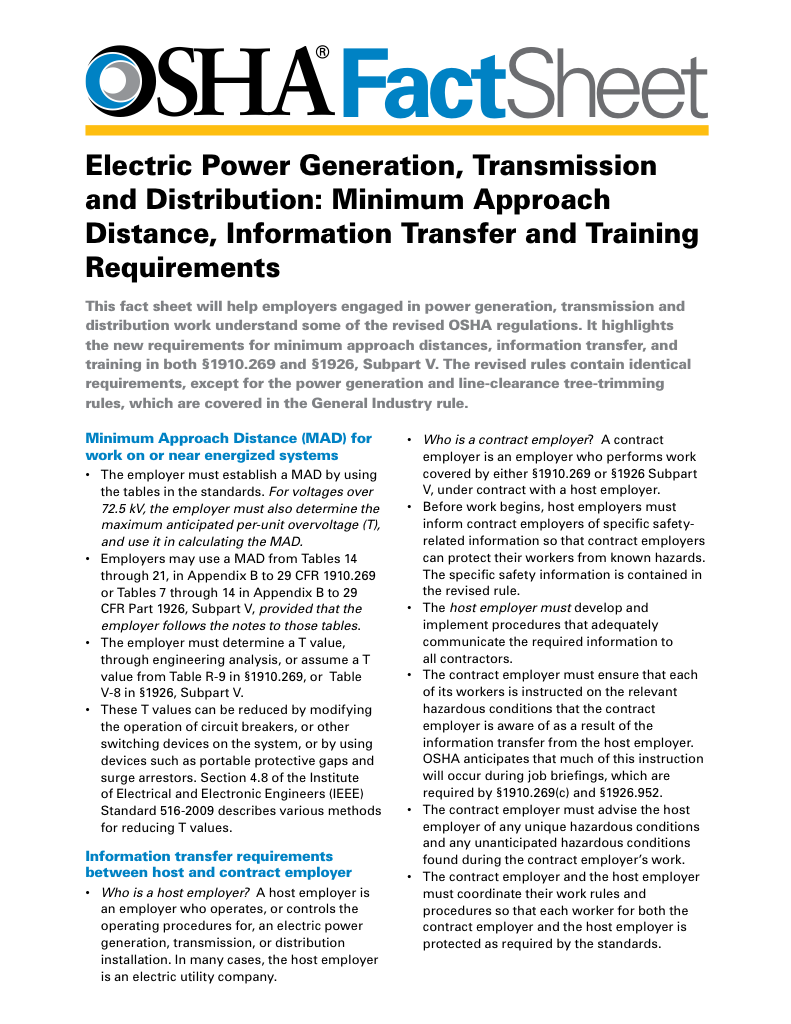
- Calculate MAD using voltage and overvoltage values
- Ensure proper communication between host and contract employers
- Meet OSHA training requirements for qualified electrical workers
What Do Transformers Do? They power deep learning via self-attention, enabling NLP, sequence modeling, vision tasks, token embeddings, encoder-decoder architectures, parallel processing, and robust handling of long-range dependencies.
What Do Transformers Do?
They model context with self-attention to power NLP, vision, and sequences efficiently.
✅ Self-attention captures global context in sequences
✅ Parallel processing boosts training efficiency
✅ Powers NLP, vision, and speech with encoder-decoder stacks
Transformers are vital components in electrical systems, playing a crucial role in the transmission and distribution of power. But what exactly do converters do, and why are they so important? At their core, converters are devices designed to transfer electrical energy between circuits, efficiently modifying voltage levels to meet specific needs. From stepping up voltage for long-distance power transmission to stepping it down for safe residential use, transformers ensure energy is delivered efficiently and reliably. Understanding their functionality not only highlights their importance in modern infrastructure but also provides insights into how they improve energy efficiency, reduce power loss, and enable a sustainable energy future. For clarity on definitions and key functions, consult this overview of what a transformer is to ground the discussion.
Electrical Transformer Maintenance Training
Substation Maintenance Training
Request a Free Training Quotation
Voltage Transformation: Adapting Power for Every Need
Transformers are the unsung heroes of modern electrical systems, playing a pivotal role in the transmission, distribution, and application of electrical power. Their ability to adapt voltage levels, ensure safety, and operate efficiently makes them indispensable in both large-scale power grids and smaller electronic devices. But how do converters work, and what makes them so crucial to our daily lives? Let’s explore their functions and principles in detail. For a concise definition of the voltage-changing role, see how a transformer increases or decreases voltage in practical applications.
Test Your Knowledge About Electrical Transformers!
Think you know Electrical Transformers? Take our quick, interactive quiz and test your knowledge in minutes.
- Instantly see your results and score
- Identify strengths and areas for improvement
- Challenge yourself on real-world electrical topics
Electrical Isolation: Enhancing Safety Across Systems
At their core, converters are designed to increase or decrease voltage levels within electrical circuits. This fundamental function is critical for adapting electricity to different applications. For example, in power plants, step-up converters are used to increase voltage to high levels for long-distance transmission. This process minimizes energy losses that occur during power transmission. Once the electricity reaches its destination, step-down converters reduce the voltage to safer levels, ensuring it can be used by homes, businesses, and factories. Without this ability to adjust voltage efficiently, the delivery of electrical power would be both costly and impractical. For residential and commercial circuits, detailed guidance on step-down transformers clarifies common sizing and protection choices.
The Science Behind Transformers: Electromagnetic Induction
Beyond voltage adjustment, converters also provide electrical isolation between circuits. This means that while energy is transferred between the primary and secondary windings, there is no direct electrical connection between them. This isolation enhances safety by protecting sensitive devices and users from potential electrical hazards. It is particularly crucial in applications like medical equipment and industrial control systems, where even a minor electrical fault could have severe consequences.
Transformers and Power Transmission: An Efficient Partnership
Converters operate based on the principle of electromagnetic induction. When an alternating current flows through the primary winding, it generates a magnetic field around a magnetic core. This magnetic field produces a changing magnetic flux that induces a voltage in the secondary winding. The amount of voltage in the secondary coil depends on the number of turns in each winding. By altering the ratio of turns in the primary and secondary windings, converters can precisely control voltage levels. This elegant process, rooted in fundamental physics, underscores how transformer work is both simple and sophisticated. A broader primer on core concepts is available in Electrical Transformers Explained for readers who want a deeper walkthrough.
EF Partner Media
Transformers in Everyday Life: From Grids to Gadgets
The role of converters extends far beyond their basic operation. They are central to the efficient delivery of electrical power. In power transmission systems, power transformers handle extremely high voltage levels to ensure minimal energy loss during transportation across vast distances. Meanwhile, distribution transformers step down this high voltage for local networks, making electricity accessible and safe for everyday use. This two-tiered approach—power transmission and distribution—is essential for maintaining the reliability and efficiency of modern electrical grids. To understand capacity considerations at the high end, explore how much electricity a high-voltage transformer can produce in demanding grid scenarios.
Converters are not limited to large-scale applications; they are also vital in countless electronic devices. From chargers and televisions to industrial machinery, converters adapt voltage levels to meet the specific requirements of each device. For example, sensitive electronics often require low voltage levels, which converters achieve by reducing the voltage to appropriate values. This ensures that devices function correctly without being damaged by excessive power.
Types of Transformers: Tailored for Specific Needs
The versatility of transformers is further reflected in the different types of converters available. Each type is tailored to specific needs, whether it’s isolating circuits, stepping up or down voltage, or adapting for specialized uses. This adaptability highlights the transformative nature of converters in shaping how electrical energy is managed and utilized. A useful catalog of categories can be found in this guide to transformer types with examples across utility and industrial settings.
Frequently Asked Questions
What is the primary function of a transformer in an electrical system?
The primary function of a transformer is to change the voltage level of alternating current (AC) electricity in a circuit. Converters are used to either step up (increase) or step down (decrease) the voltage, making it suitable for different stages of power transmission and distribution.
Electricity Today T&D Magazine Subscribe for FREE

- Timely insights from industry experts
- Practical solutions T&D engineers
- Free access to every issue
How do transformers change voltage levels in power transmission?
Transformers change voltage levels through electromagnetic induction. They consist of two coils of wire, known as the primary and secondary coils, wound around a common magnetic core. When alternating current passes through the primary coil, it creates a magnetic field that induces a voltage in the secondary coil. The number of turns in the secondary coil relative to the primary coil determines whether the voltage is stepped up or stepped down.
- If the secondary coil has more turns than the primary coil, the voltage is stepped up.
- If the secondary coil has fewer turns than the primary coil, the voltage is stepped down.
Beyond these two classes, you can compare many specialized designs in an overview of different types of transformers to support selection and design decisions.
Why are transformers essential for efficient long-distance electricity transmission?
Transformers are essential for long-distance power transmission because they enable the efficient transfer of electricity over vast distances. Power loss in transmission lines occurs due to resistance, which increases with higher currents. By stepping up the voltage and stepping down the current, converters minimize this power loss. The higher voltage results in a lower current, which in turn reduces the resistive losses in the transmission lines, making the process much more efficient.
What is the difference between a step-up transformer and a step-down transformer?
- Step-Up Transformer: A step-up transformer increases the voltage and decreases the current. It has more turns in the secondary coil than in the primary coil, and it is typically used in power stations to raise the voltage for efficient long-distance transmission.
- Step-Down Transformer: A step-down transformer reduces the voltage and increases the current. It has fewer turns in the secondary coil than in the primary coil, and it is used in distribution networks to lower the voltage for safe delivery to homes and businesses.
How do transformers help reduce energy loss in power distribution?
Transformers help reduce energy loss by stepping up the voltage at the power generation source, which lowers the current in the transmission lines. Lower current means reduced resistive losses (I2RI^2 RI2R losses) in the conductors, which results in less energy being wasted as heat. Once the electricity reaches the destination, converters step down the voltage to a usable level for consumers, ensuring both safety and efficiency.
Transformers are essential electrical devices used to adjust the voltage of alternating current (AC) electricity in power systems. By using electromagnetic induction, converters either step up (increase) or step down (decrease) voltage levels, allowing for efficient transmission and distribution of electricity. Stepping up the voltage for long-distance transmission reduces energy loss by lowering the current while stepping down the voltage makes electricity safe for use by consumers. In essence, converters help optimize power distribution by ensuring minimal energy loss, efficient transmission over vast distances, and safe voltage levels for everyday use.






